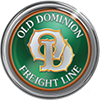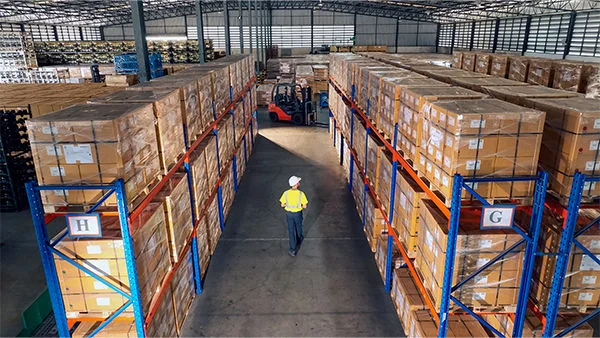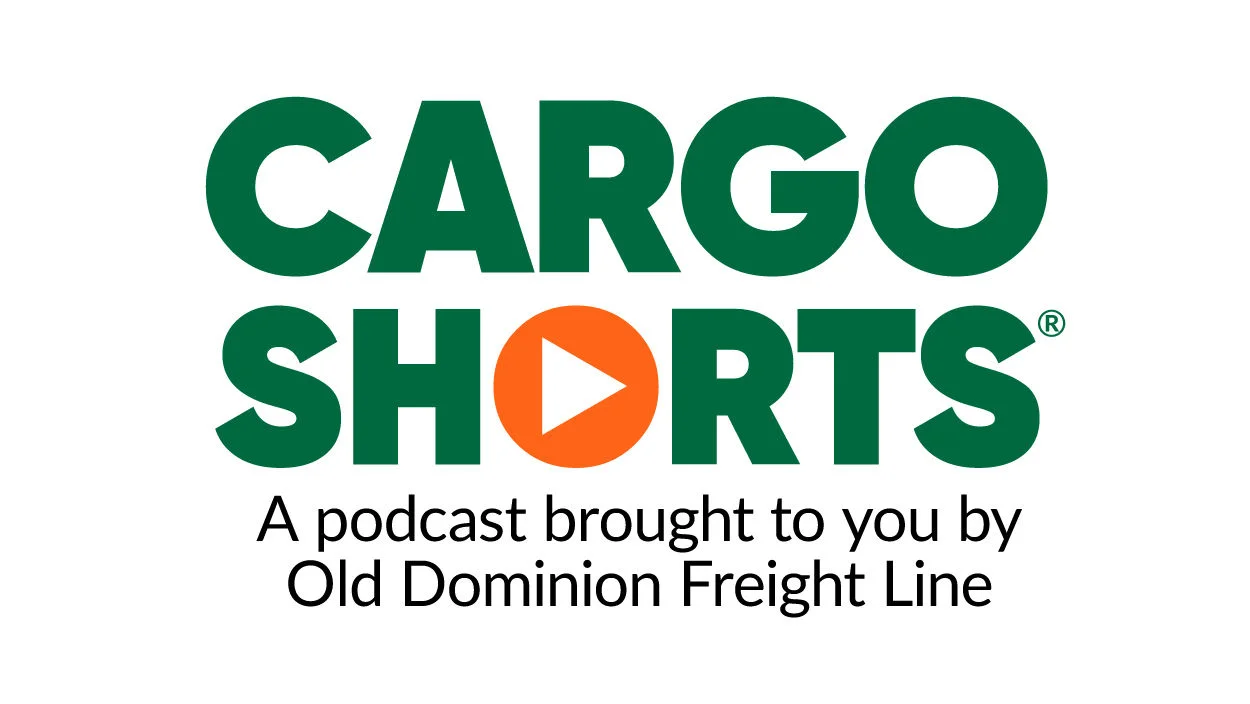NMFTA Resource Page: Navigating the 2025 NMFC Changes
As the Less-Than-Truckload (LTL) shipping industry evolves, staying ahead of regulatory changes is critical for shippers and carriers. The National Motor Freight Traffic Association (NMFTA) has announced key updates to the National Motor Freight Classification (NMFC) system, set to take effect in 2025. These updates present significant shifts in freight classifications and will potentially impact your LTL shipping rates.
Breaking Down the 2025 NMFC Updates
The 2025 NMFC update is one of the most comprehensive revisions in years, aimed at modernizing the freight classification system to better reflect today’s shipping landscape. On July 19, 2025, the freight classifications outlined in Docket 2025-1 transitioned from commodity-based to density-based. The move aims to simplify and standardize the classification process, providing more consistency across shipments and better align classifications with actual shipping characteristics.
Unlike commodity-based classifications, which assign classes based on the various characteristics, density-based classifications consider the shipment’s weight and dimensions. This method determines the freight class based on its density which is measured in pounds per cubic foot. Below is a list of the key changes.
On July 19, 2025, the freight classifications outlined in Docket 2025-1 transitioned from commodity-based to density-based.
Standardized Density Scale
A revised 13-subprovision density scale will replace the current 11-tier system, allowing for a more precise classification of freight based on density. This adjustment introduces class 50 and 55 to the NMFC density scale, which could lower rates for heavier, more compact shipments.
Simplified Commodity Listings
NMFTA is consolidating and modernizing approximately 2,000 commodity listings in this first docket release, reducing the number of NMFC items by combining similar commodities together into single items. With a significant reduction in number of classifications to choose from, this change will make it easier to find appropriate classifications.
- The NMFC released the first phase of the NMFC changes, Docket 2025-1, on July 19th, 2025.
- Docket 2025-2 was released in Fall 2025. It is anticipated that additional item cancellations will be a part of Docket 2025-2.
New Special Handling Identifiers
Unique flags will be added to identify freight that requires special handling, unique stowability considerations, or additional liability precautions. This change enhances transparency between shippers and carriers ensuring all parties are aware of the unique freight characteristics upfront.
Updated Compliance Requirements
With these classification adjustments, shippers should review and revise their shipping documentation. Noncompliance with the new NMFC items and/or subprovisions could lead to adjustments in freight rates, clerical fees, and operational disruptions.
Steps Shippers Should Take to Prepare
Businesses that want to stay ahead of these ongoing changes should start planning now. Here are a few steps to ensure a smooth transition:
Educate Your Team
Make sure that all team members involved in freight shipping — whether in procurement, warehouse operations, or logistics — are familiar with the upcoming NMFC updates. Misunderstanding the changes could lead to inaccurate class selection, unnecessary expenses, and shipment delays.
Audit Your Current NMFC Classifications
Review all existing commodity classifications in your shipping process and compare them with the 2025 updates. Identify any commodities that may be affected and determine whether your freight classes will be adjusted.
Adjust Documentation & Labeling
Accurate data will be more critical than ever. Businesses should begin capturing the precise weight, dimensions, and density of their shipments to guarantee proper classification based on the revised NMFC class structure. Update settings within carrier websites, TMS systems or any platform where you are generating an eBOL. Educate any shipping personnel to complete BOLs with the updated freight class if this is still a manual process for your business.
Work with Your Carrier & Freight Partners
Start a dialogue with your LTL carrier to understand how the NMFC changes will impact your shipping contracts, rate agreements, and operational workflows. OD is committed to partnering with our customers through this transition and providing tailored guidance.
How Old Dominion Supports Customers Through NMFC Changes
How Old Dominion Supports Customers Through NMFC Changes
Adapting to the changes being made to the NMFC requires proactive planning, accurate sources of information, and a strong logistics strategy. By staying informed and working with a trusted freight partner like Old Dominion, businesses can seamlessly transition to the revised classification system.
If you need more information, please contact your OD Solutions Specialist or visit the NMFTA site at nmfta.org/nmfc.



